Transporting wind turbines and their components requires expertise in handling oversized and delicate loads. Experienced transportation companies that specialize in wind energy equipment are typically engaged to ensure the safe and efficient transportation of the components from the manufacturing site to the wind farm installation site.
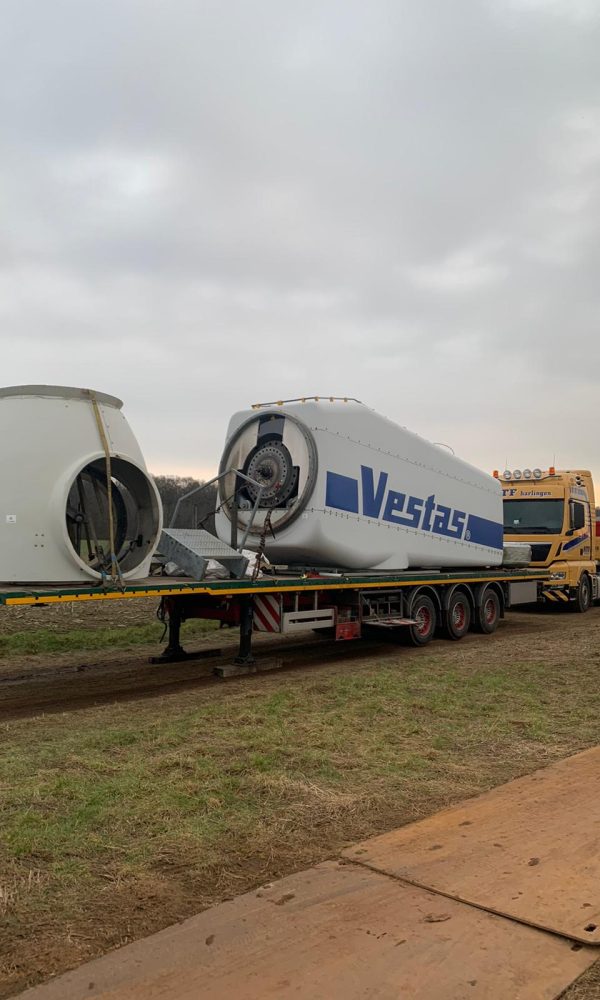


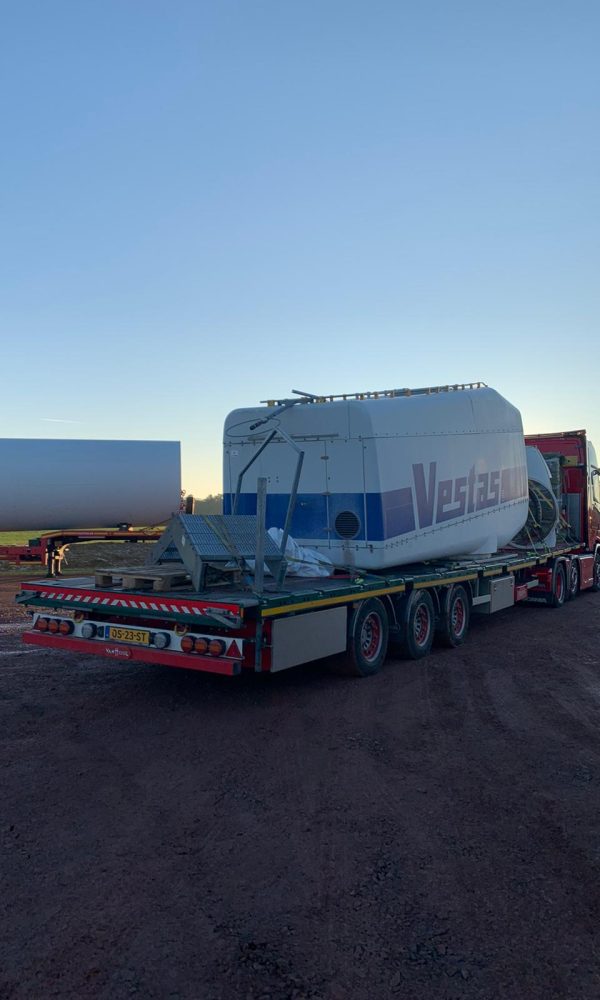

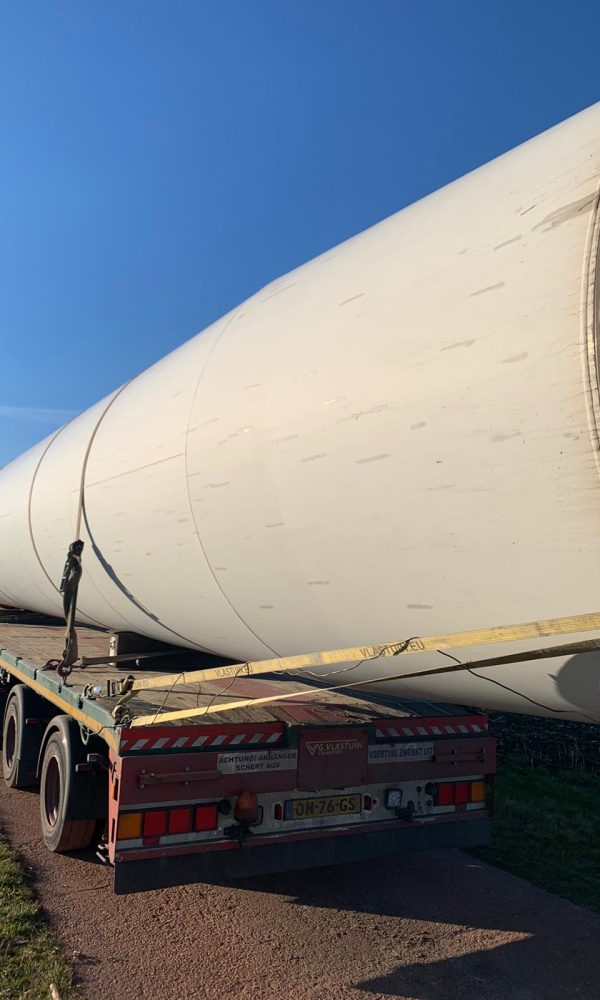
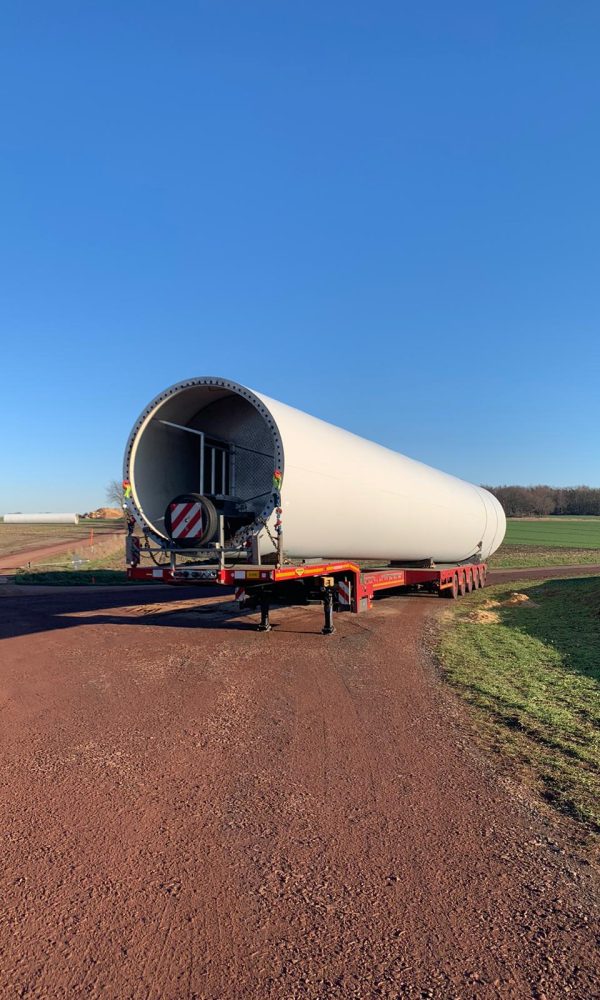


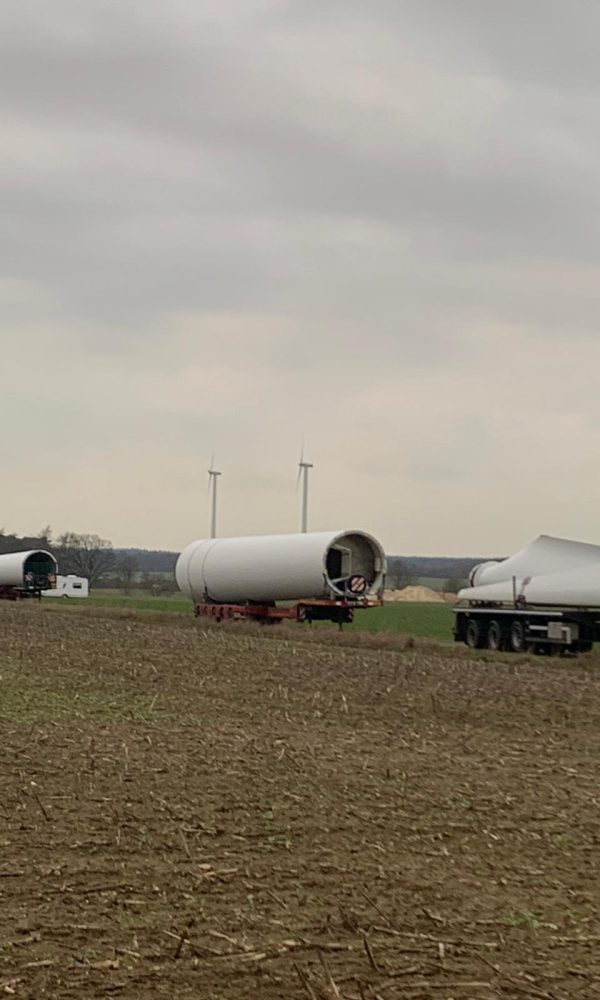
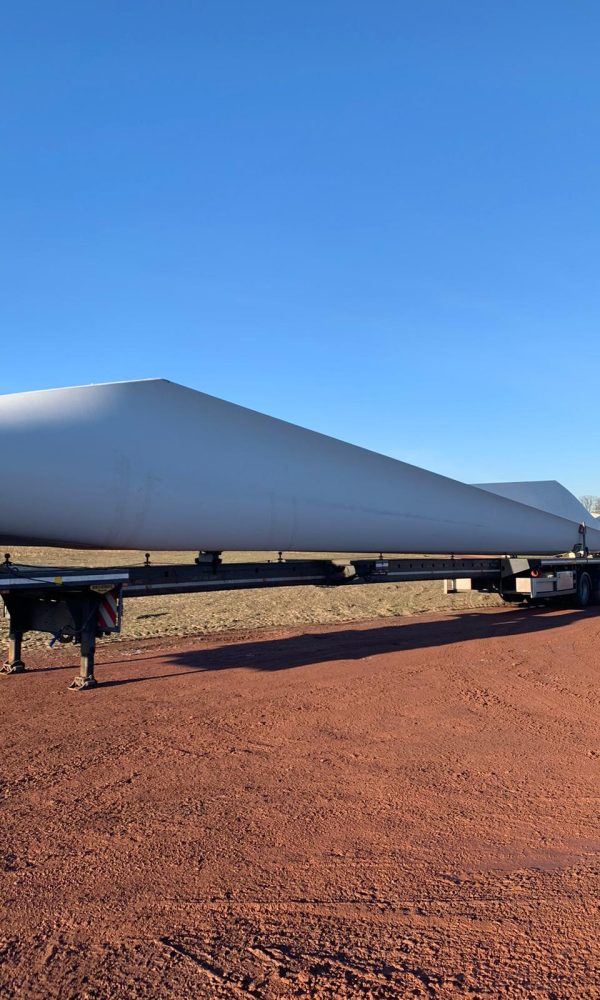
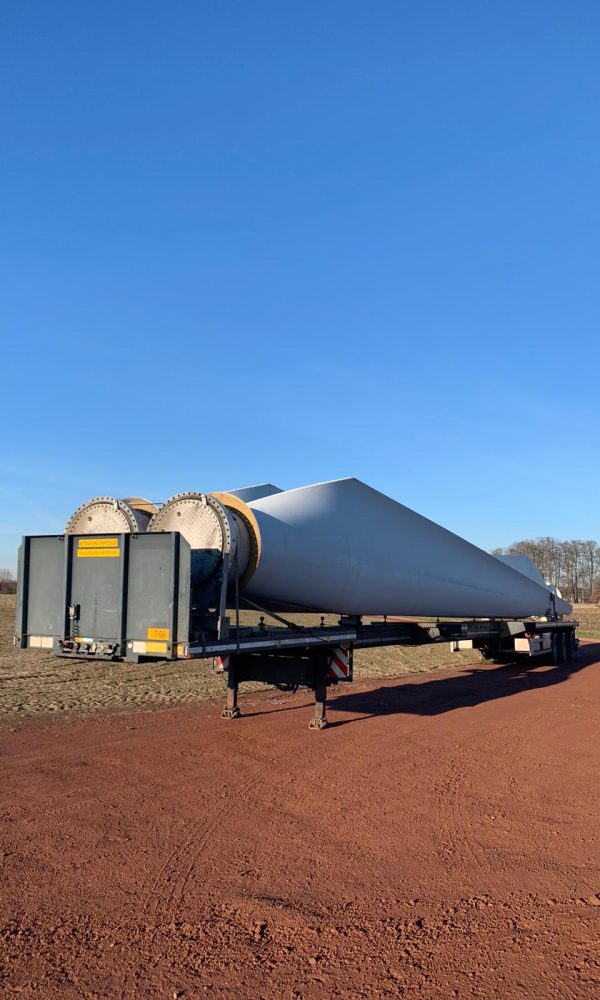


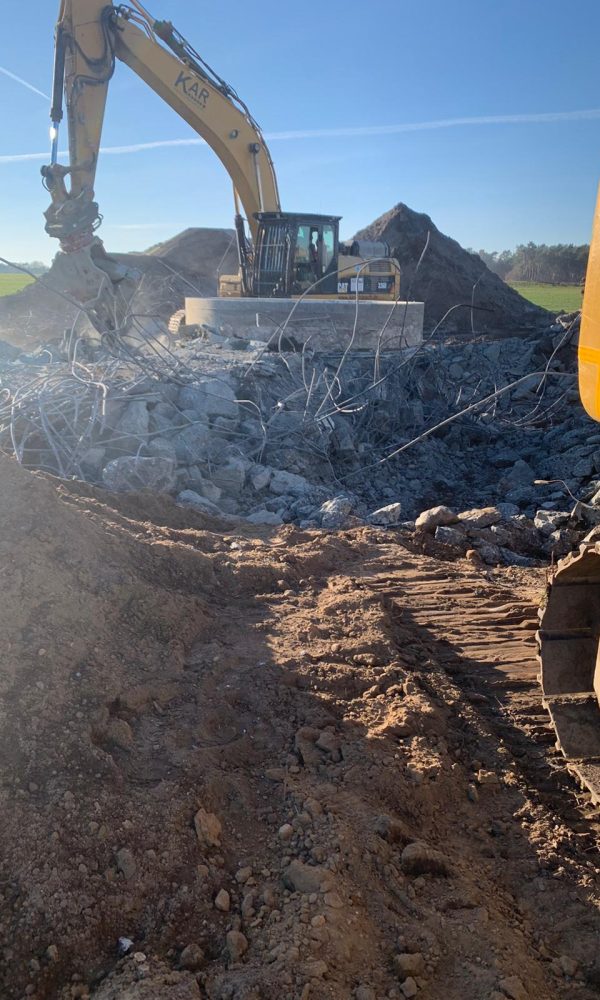

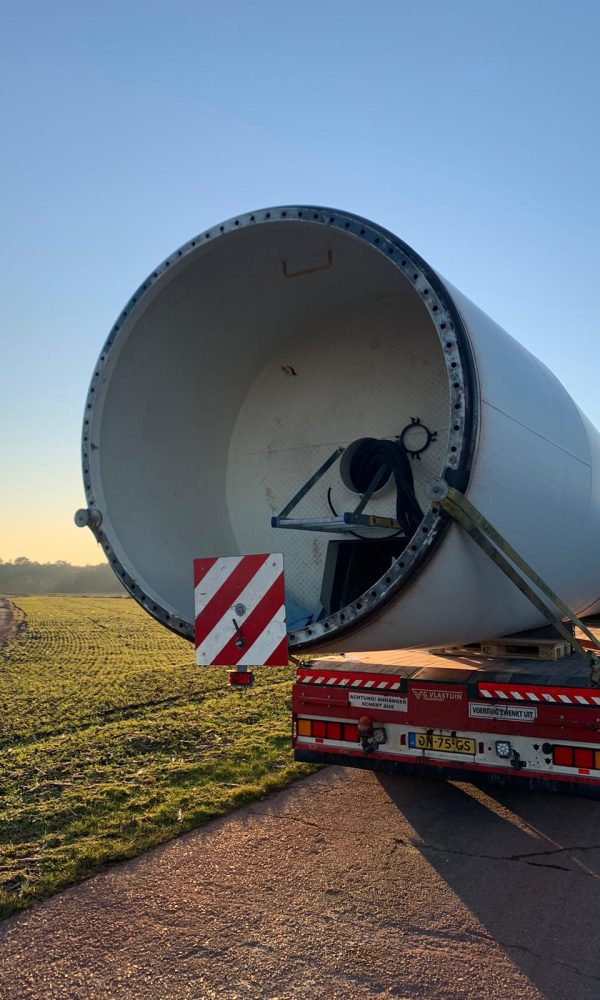





Transporting wind turbines, towers, blades, and parts involves careful planning, coordination, and specialized equipment. Here’s an overview of what is typically involved in the transportation process:

A logistics plan is developed to determine the most efficient and cost-effective transportation routes and methods based on factors such as distance, road conditions, and local regulations. Permits and escorts may be required for oversized loads or restricted areas.
Before transportation, the wind turbine components are prepared for shipment. This includes securing loose parts, dismantling blades if necessary, and packaging smaller components for safe transportation.
Specialized vehicles, such as flatbed trucks, low loaders, or extendable trailers, are used to transport the wind turbine components. These vehicles are designed to accommodate the size and weight of the components, ensuring stability and safety during transit.
Transporting wind turbine blades often requires specialized blade trailers or carriers. These trailers are designed to support the length and shape of the blades, minimizing stress and vibrations during transportation. Pilot vehicles or escorts may be used to ensure the safe passage of oversized loads.
Prior to transportation, the chosen routes are inspected and cleared to ensure they can accommodate the size and weight of the wind turbine components. Clearance from bridges, power lines, and other obstacles is obtained to avoid any obstructions during transportation.
Once the components arrive at the installation site, specialized handling equipment, such as cranes or hydraulic lifters, are used to unload and position the components for installation. These equipment ensure safe and precise maneuvering of heavy and bulky components.
During transportation, strict safety measures are followed to protect the components and ensure the safety of road users. This includes proper load securing, adherence to speed limits, and compliance with local regulations.
Transportation progress is closely monitored, and communication channels are established to ensure coordination among the transportation team, site personnel, and any required escorts or authorities. Real-time updates help manage any unforeseen circumstances and ensure a smooth transportation process.




